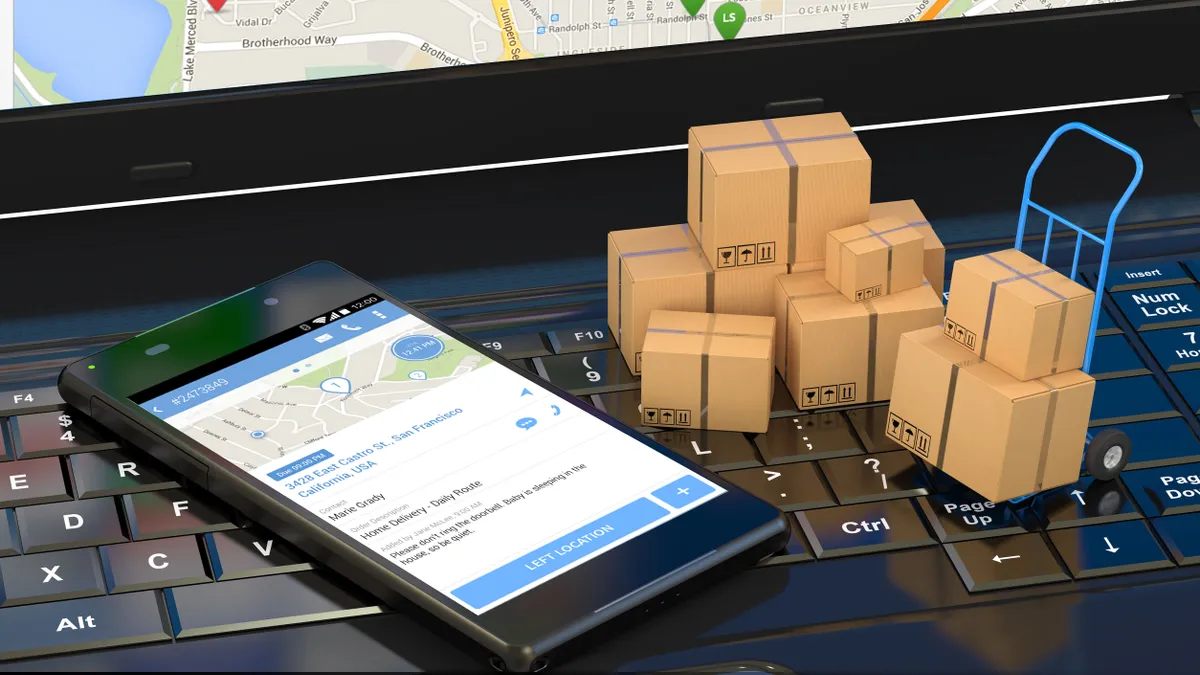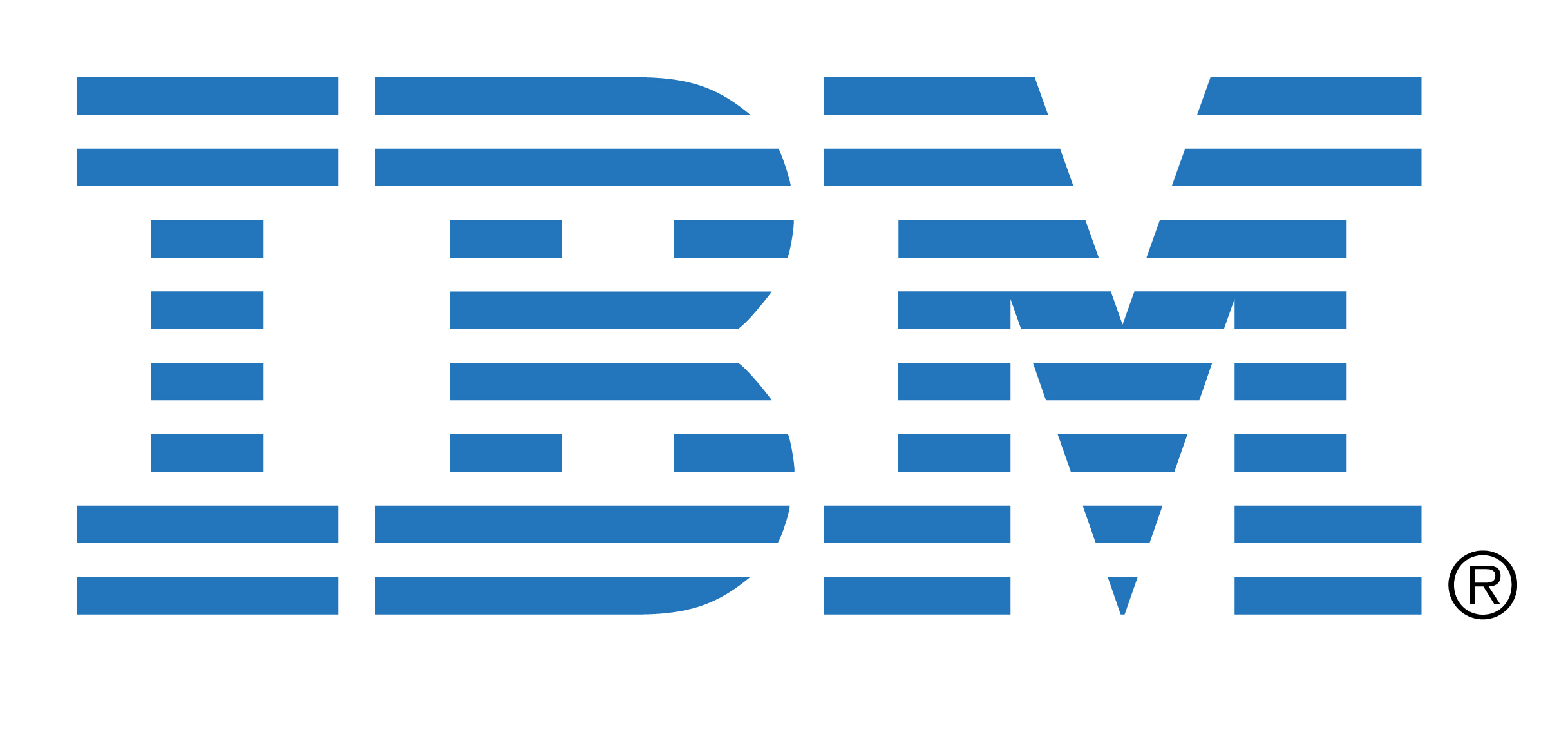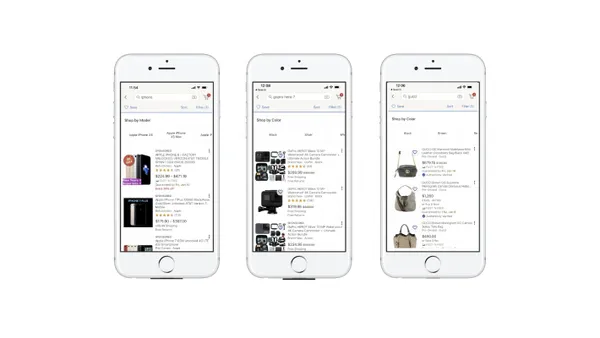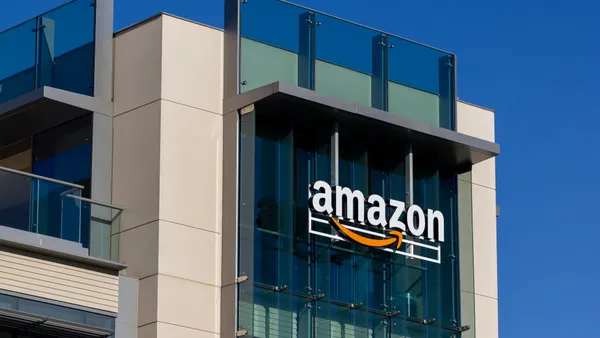Great customer experiences aren’t defined by the storefront alone. It’s time to look beyond transactions - at what really impacts the customer’s experience today and tomorrow.
The backbone of great, consistent customer experiences are efficient back-end operations. They ensure customers get what they want, when and how they want it. This principle puts the supply chain front and center.
Historically, the supply chain has largely remained in the background, focused on sourcing, manufacturing and distributing in a cost-efficient model. Even today the supply chain, often a legacy system, remains largely segmented and non-digitized. But changes are on the horizon, as supply chain managers everywhere are starting to rethink how to move forward.
Why now? For decades, the customer used to interact with the supply chain only at the store. Now a powerful customer who is always-on, expects instant information from packaging to last mile delivery. Visibility and transparency into your supply chain has become table stakes. Millennials and Gen Z have especially high expectations regarding sustainably produced goods that can only be met by tracing the product from its origin to the hand of the customers. Customers expect to be well-informed and more than that: they want to be part of the process.
All of these expectations connect the supply chain directly to the customer – the customer’s purchasing experience as well as the customer’s overall experience with the brand. That means the consumer is now emotionally engaged with your supply chain.
How should supply chain managers move forward?
First, put the customer’s experience—the customer’s expectations, wants and needs—at the heart of the supply chain, and then work upstream.
Second, embrace new technologies and digitize your entire supply chain. This will pay dividends in reducing excess inventory and costs while improving your speed to market.
But there’s more: a supply chain that is digitalized lays the foundation to use innovative technologies that have a number of benefits.
With a fully digital supply chain, structured and unstructured data can be readily available. IBM® Watson™, an artificial intelligence (AI) engine, can play a critical role in this transformation as a differentiator and game changer. It understands, reasons, learns and interacts. You can use IBM Watson, for example, to improve demand forecasting and order fulfillment.
Other technologies like IBM Metro Pulse combine a diverse set of time-sensitive, hyper-local city data at a neighborhood level—such as weather, local events, traffic, or consumer movement—with business data, and then apply AI. With this data, retailers have a completely different set of insights that can help make business decisions.
The blockchain uses digital transactions between parties to create an unalterable record, i.e. a universal, de-centralized truth for all involved parties. Combined with the Internet of Things (IoT) to enable sensors to track the physical movement of goods, IBM Blockchain can fundamentally change the way supply chain managers manage their products throughout the supply chain.
The combination of these powerful technologies can provide full visibility across the entire supply chain from product conception all the way to the customers’ hands. These solutions help build the foundation for a true supply value ecosystem. By doing so, supply chain managers can be both service-oriented and customer-centric, —truly transforming the relationship between the brand and customer.
Click here for more information on the supply value ecosystem.










